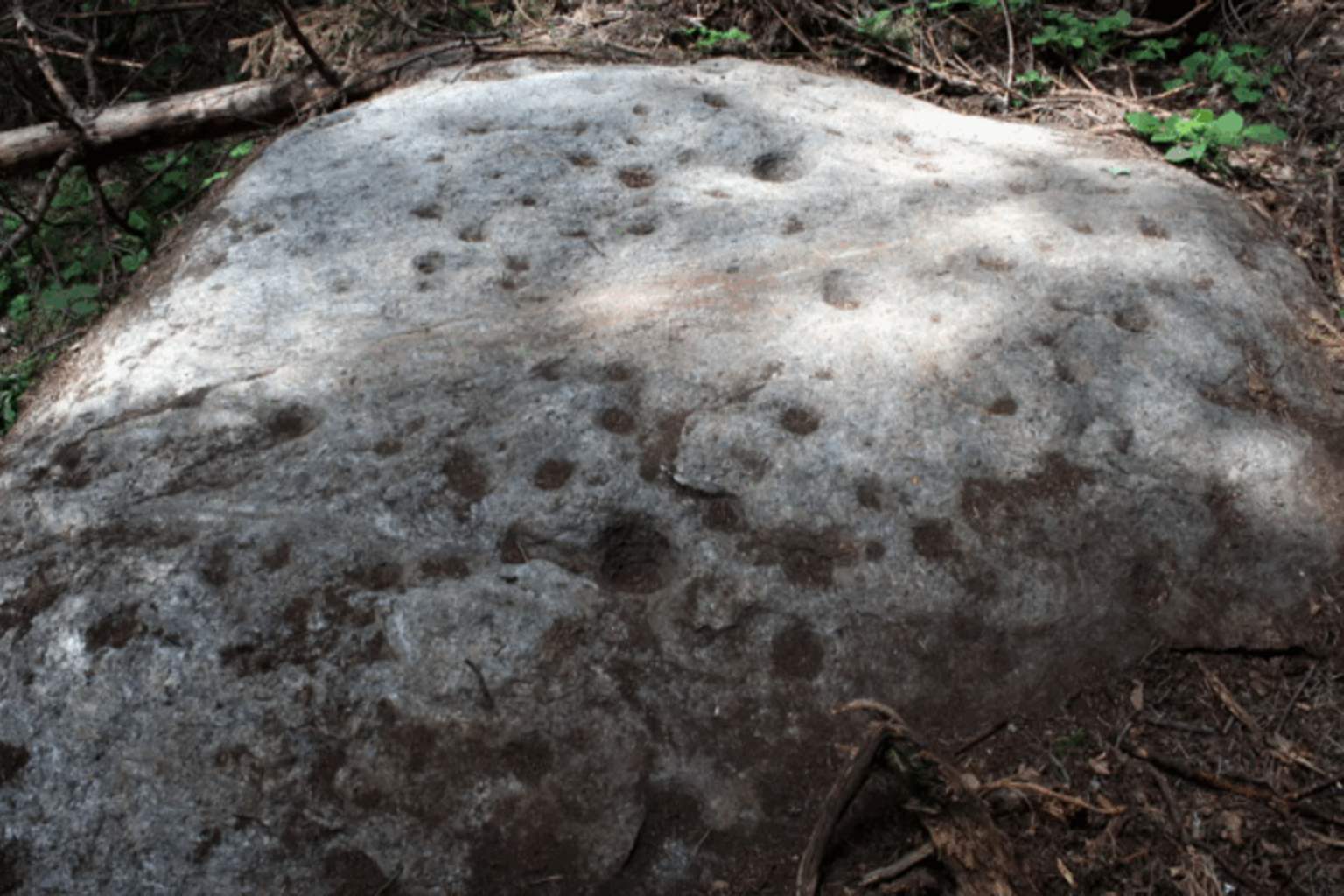A chance discovery deep in a Bulgarian forest may have just rewritten our understanding of ancient stargazers. Hidden beneath the trees in the Rhodope Mountains, a large stone etched with unusual markings could be the world’s earliest known star map, revealing how prehistoric people connected profoundly with the night sky.
This remarkable find near the village of Skobelevo offers a glimpse into prehistoric societies that may have tracked the stars to guide their lives and rituals, carving celestial knowledge straight into stone.
An accidental find that changed historyI’m 75 and my brain is still sharp—here’s the surprisingly simple reason whyWhat constantly cleaning your house really means, according to psychology
On May 20, 2013, explorers Georgi Georgiev and Ivelina Georgieva were wandering through the wooded Rhodopes near an ancient Thracian necropolis when something caught their eye. Partly hidden under brush, a massive stone about 6.5 by 9.8 feet lay oriented east-west. Its surface featured a bright, white marble streak that resembled the Milky Way.
Closer inspection revealed 56 carefully carved conical pits arranged across the rock’s face. These were not random grooves but deliberate, with 24 on the northern half and 32 on the southern. Georgiev was convinced this was no accident of nature — it was human work, a stone-carved representation of the night sky.
The star constellations etched in stone
The patterns matched some of the most recognizable constellations in the night sky. Ursa Major and Leo stand out clearly, along with shapes resembling Cassiopeia, Cygnus, Lyra, and the Pleiades cluster. This could be a prehistoric star guide for understanding the heavens.
Even more compelling, the sizes of the pits vary, likely indicating the brightness or magnitude of individual stars. These ancient people didn’t just sketch a rough map — they encoded how bright each star appeared to the eye.
Ivelina Georgieva suggests this stone functioned like an early stellar calendar. By watching these constellations’ changing positions throughout the year, prehistoric communities could predict seasonal shifts, time agricultural work, and mark important rituals. It’s fascinating to think how their entire rhythm of life might have been ruled by this starry map.
A stone that sparkles like the night skyScientists detect polar vortex shifts driving parts of the US into a deep freezeMichael Schumacher, an emotional message from the clinic: “It was beautiful” — we will remember him forever
Another intriguing aspect is the stone’s mineral content. It contains mica, which sparkles under sunlight, giving the rock’s surface a shimmering effect reminiscent of stars twinkling in the night. This visual detail was likely deliberate, strengthening the stone’s symbolic power in daylight.
Nearby, a second stone offers another clue— it features a cylindrical cavity aligned precisely toward the east. This pair of stones may have served a dual purpose: a celestial observatory for tracking important events and a navigation landmark for travelers or shepherds moving through the Rhodopes.
I find this connection deeply moving. The ancient creators weren’t just marking the sky; they embedded their understanding of time and space into the landscape. In some ways, these stones feel like a conversation across millennia, linking us to their wisdom and awe of the cosmos.
Dating the stone and its cultural context
Dating the stone is challenging since no organic material was found for carbon dating. Instead, archaeologists estimate its origin between 2000 and 500 BCE — from the late Neolithic to early Iron Age. This is based on its proximity to Thracian burial mounds and other ritual sites, implying a densely inhabited and culturally rich region at that time.
Similar prehistoric Balkan sanctuaries align structures with celestial events like solstices or star risings. “These communities watched the sky carefully to organize their agricultural cycles and ceremonies,” Georgiev explains.
The eastern-aligned stone’s cavity likely helped mark the heliacal rising of certain stars — a key astronomical phenomenon many ancient cultures used to define seasonal beginnings.
Together, these elements show how prehistoric people wove celestial cycles into their social and agricultural life, fixing cosmic rhythms into their daily world.
Protecting an extraordinary link to our past
Despite the stone’s immense archaeological and cultural importance, the Skobelevo site currently lacks any official protection. Standing exposed in a forest, this precious mosaic of ancient knowledge risks damage from weather, erosion, and vandalism.
Georgiev and Georgieva have called on Bulgarian authorities to register it as a protected monument. Without urgent action, we might lose this rare window into prehistoric astronomy forever.
So far, research relies on non-invasive techniques such as GPS mapping, sun alignment observations, and geological studies. These confirm the stone’s human origin and astronomical design, indicating knowledge passed down through generations.
Similar star motifs appear on coins and jewelry from the first and second centuries AD, highlighting a long-lasting cultural fascination with the skies. This discovery reminds me of how human curiosity about the cosmos has been a timeless thread binding us to our ancestors.
Have you ever uncovered or heard of a local artifact or ancient site that shifted your perspective on history? What do you think this remarkable star map tells us about early human culture? Share your stories and insights below — your thoughts can keep this ancient conversation alive.

